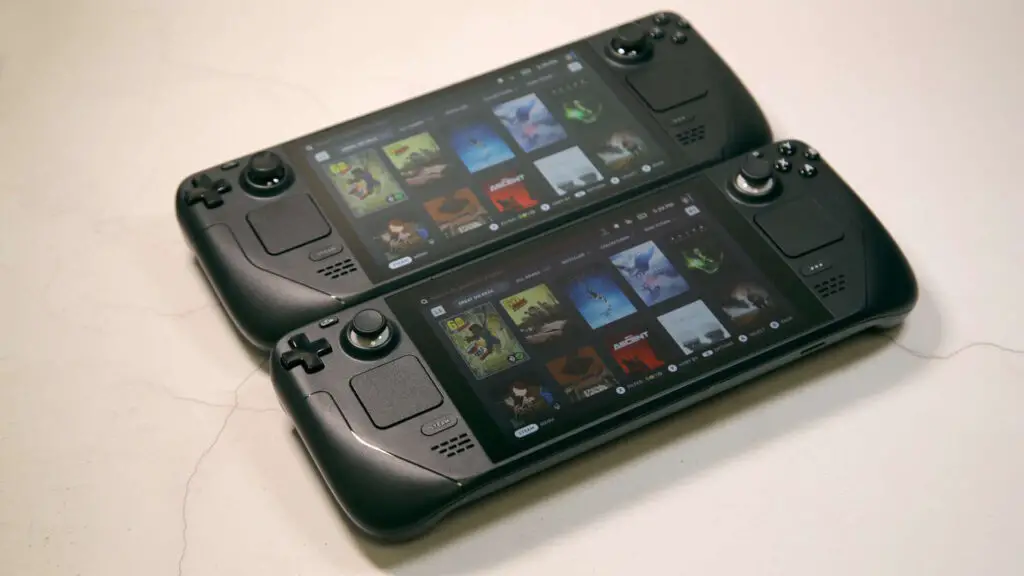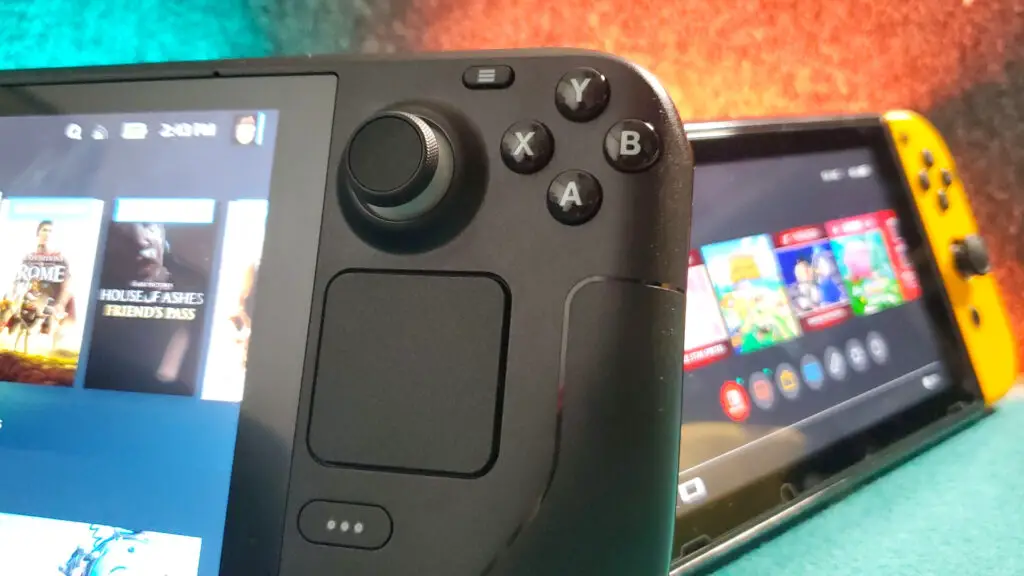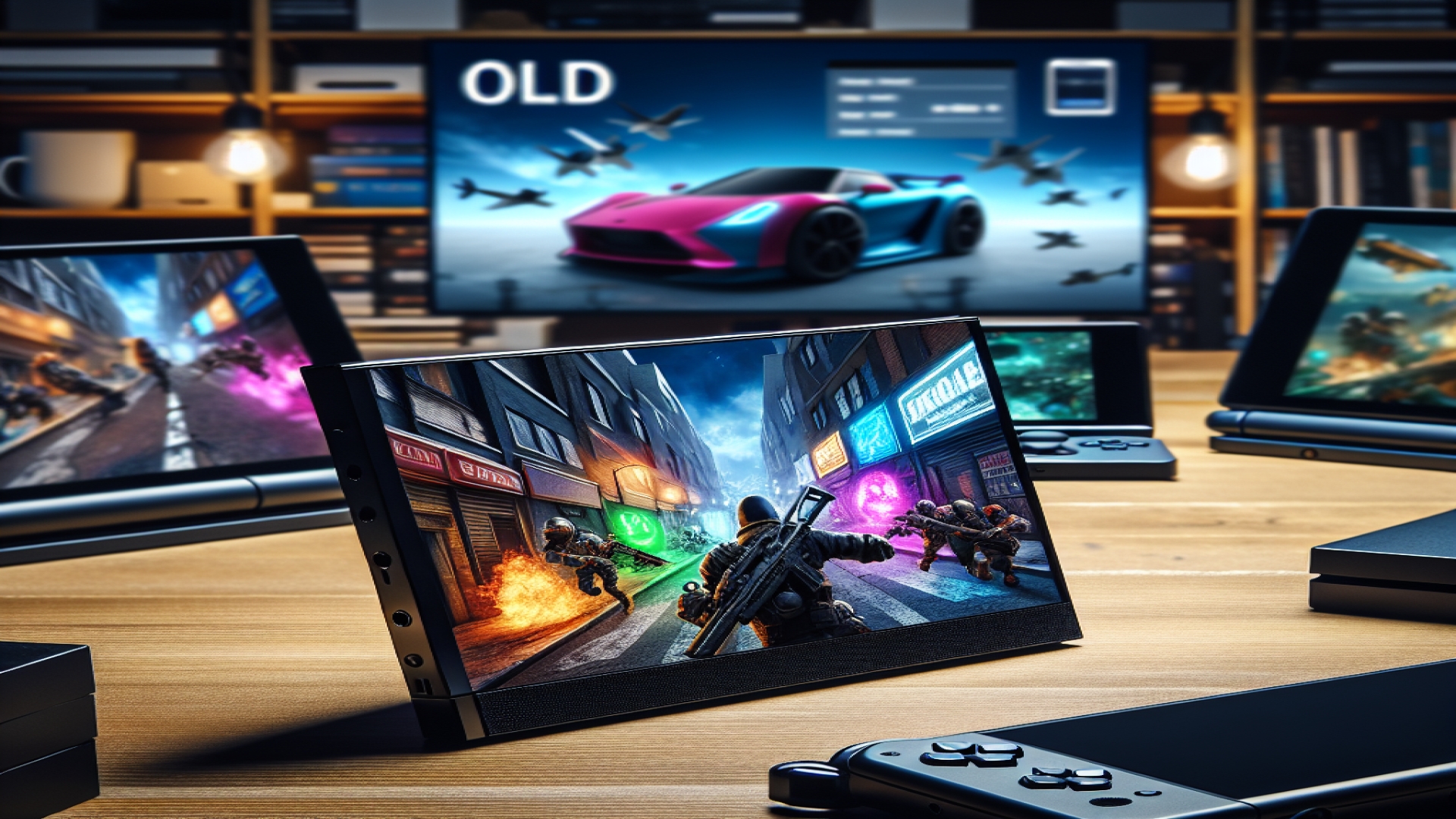By TechTalesLeo for Digital Tech Explorer
One of the most impactful upgrades I’ve made to my gaming setup was switching to an OLED monitor. The difference is stark: superior contrast, more vibrant colours, and truly deep blacks that make images pop in a way that’s hard to appreciate until you see it firsthand. I’ve become so accustomed to my primary 1440p OLED screen that my secondary LED monitor now feels inadequate, even for basic tasks. The desire for a second OLED monitor is strong, much to the potential detriment of my bank account should a tempting deal appear.

Comparing LED and OLED Monitors
Essentially, each pixel in an OLED monitor emits its own light, eliminating the need for backlighting. This results in those signature inky blacks and exceptional contrast. However, there are valid reasons to opt for LED technology. LED monitors generally consume less power and are more affordable. Concerns about OLED burn-in persist (though long-term tests show promising results), and some users might prioritize a higher-resolution 4K LED monitor over a more expensive 1440p OLED. The value proposition requires careful consideration, especially since experiencing an OLED monitor is often necessary to truly grasp its advantages.
OLED Adoption in Handheld Gaming PCs
While the choice in desktop setups involves trade-offs, it’s somewhat surprising that OLED screens haven’t become more prevalent in the handheld gaming market. Surveying the landscape of top handheld gaming PCs reveals only a few notable exceptions featuring OLED displays: OneXPlayer’s Strix Point-powered OneXPlayer OneXFly F1 Pro and Valve’s own Steam Deck OLED.

The Impact of OLED on Nintendo Switch and Steam Deck
Upgrading from the original Nintendo Switch to the Nintendo Switch OLED back in 2021 felt like a revelation, despite minimal internal hardware changes. Seeing familiar games rendered with such improved vibrancy and contrast was genuinely exciting. I had a similar experience when testing the Steam Deck OLED recently. Its screen, combined with the price point and better battery life compared to the original LCD model, makes it an excellent device, particularly for indie games. While more powerful handhelds exist at similar price points, the sheer quality of the OLED display makes a compelling case for the Steam Deck.

Nintendo’s Choice for the Switch 2 Screen
The recent confirmation that the upcoming Nintendo Switch 2 will feature an LCD screen feels like a potential step backward from the Switch OLED experience. In a roundtable interview reported by IGN, a Nintendo representative stated, “Now there’s a lot of advancements that have been made in LCD technology during development,” adding that the decision to use LCD was made after careful consideration.
Technical Dive: HDR, Brightness, and OLED Evolution
Interestingly, the Nintendo Switch 2 is confirmed to support HDR (High Dynamic Range), a feature absent in the current Nintendo Switch OLED. This suggests Nintendo might believe that advancements in LCD technology, particularly with HDR implementation, offer a sufficient visual experience, possibly mitigating the higher cost of OLED panels. Generally, OLED monitors excel in producing darker blacks but can lag behind premium LCDs in overall brightness, often needing to restrict peak brightness to smaller areas. HDR aims to expand the range of colours and luminance a display can show. While non-OLED screens leverage higher peak brightness for HDR impact, OLED‘s perfect blacks offer a different kind of dynamic range. The effectiveness of HDR can vary significantly between displays, and judgment on the Switch 2’s screen must wait until it can be tested. Concurrently, OLED technology continues to evolve. Newer OLED TVs from LG and Samsung are reportedly capable of achieving full-screen brightness up to 400 nits, which could significantly enhance their HDR performance and address brightness limitations.
Why OLED is Ideal for Handheld Devices
While high-quality IPS panels with good HDR and VRR (Variable Refresh Rate) offer compelling alternatives, the visual superiority of OLED remains significant for many, including myself. This preference extends strongly to handhelds, where OLED screens seem particularly well-suited. Beyond the stunning visuals, the lack of a backlight means OLED panels can be thinner and potentially more power-efficient in certain scenarios, freeing up internal space for larger batteries or improved cooling. The Steam Deck OLED demonstrates this, offering better battery life than its LCD counterpart.
The Cost Factor and Future Hopes
Price is undoubtedly a major factor limiting OLED adoption in handhelds. The premium $1,300+ price of the OneXFly F1 Pro is influenced by its high-end Strix Point chip, but the lush OLED screen contributes as well. Comparing Steam Deck models, the OLED version is $150 more than the equivalent storage LCD model, making the screen upgrade relatively affordable. For enthusiast handhelds approaching the $1,000 mark, like the Legion Go or the upcoming MSI Claw 8 AI+, manufacturers may hesitate to add the cost of an OLED. However, the Switch OLED shows it’s possible, costing only $50 more than the standard Nintendo Switch.
While I might still acquire a Nintendo Switch 2 or be tempted by the performance of new devices like the MSI Claw 8 AI+, the absence of an OLED screen might make the upgrade feel more like a lateral move than a leap forward in visual quality. A select few handhelds currently possess the secret weapon of an OLED display, and I eagerly await the day more manufacturers embrace this technology. Perhaps Microsoft’s anticipated handheld will feature one – if everything is an Xbox, it deserves a truly great panel.
Disclaimer: All content on Digital Tech Explorer is for informational and entertainment purposes only. We do not provide financial or legal advice.
Affiliate Disclaimer: Some of the links on Digital Tech Explorer are affiliate links. This means we may earn a commission if you click through and make a purchase, at no additional cost to you. Our recommendations are based on thorough research and personal experience, aligning with Digital Tech Explorer’s commitment to transparency and delivering high-quality content for tech enthusiasts and professionals.

